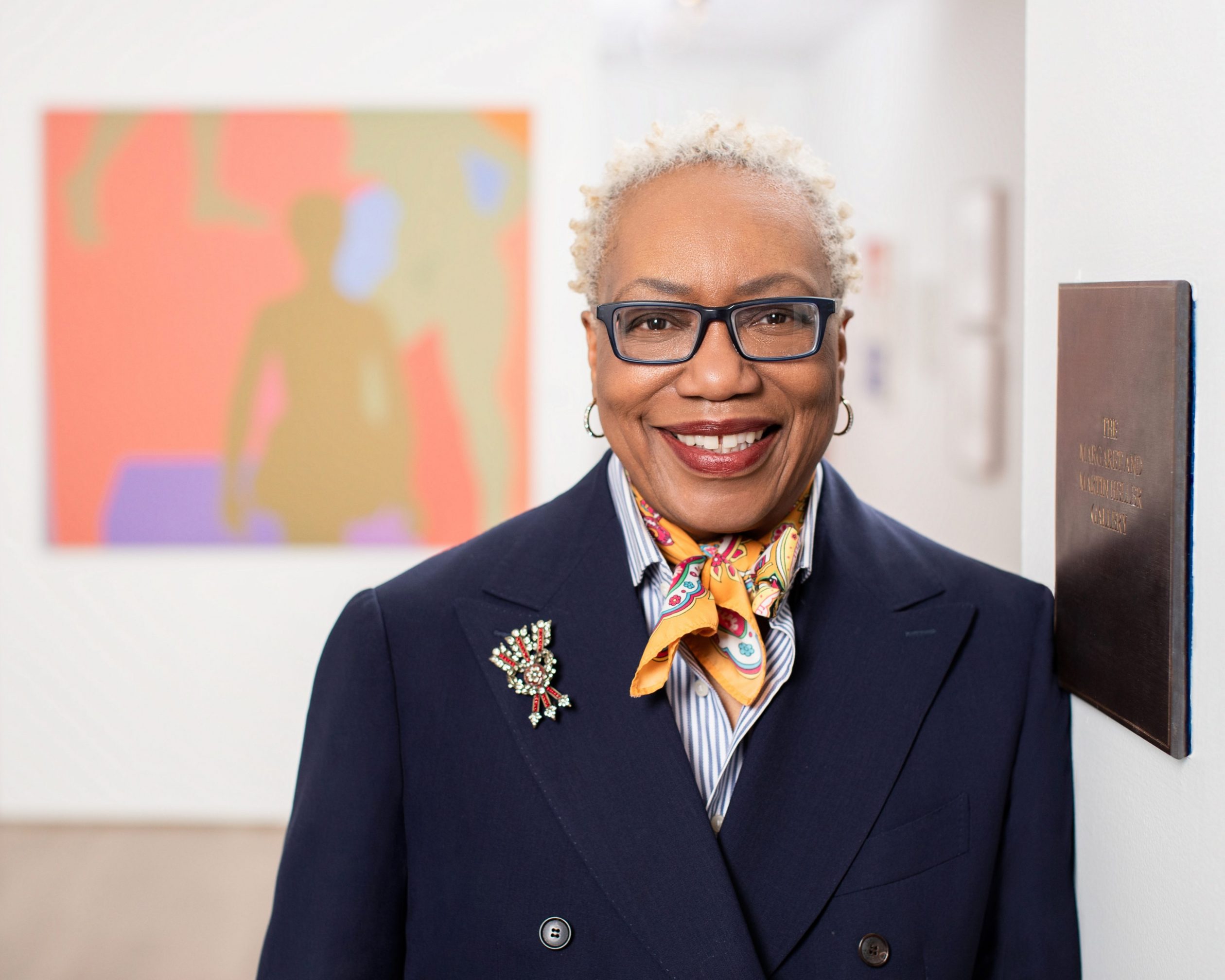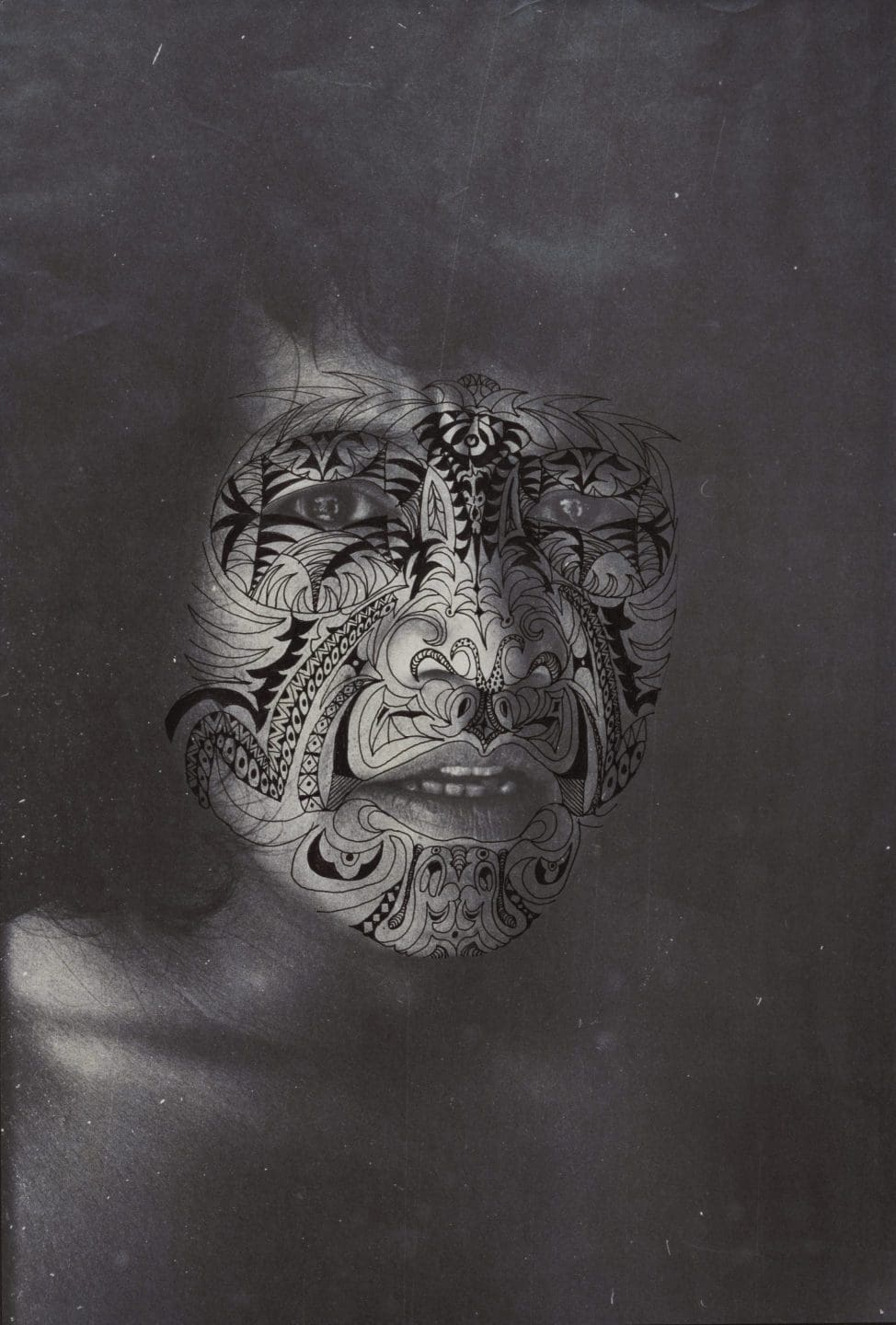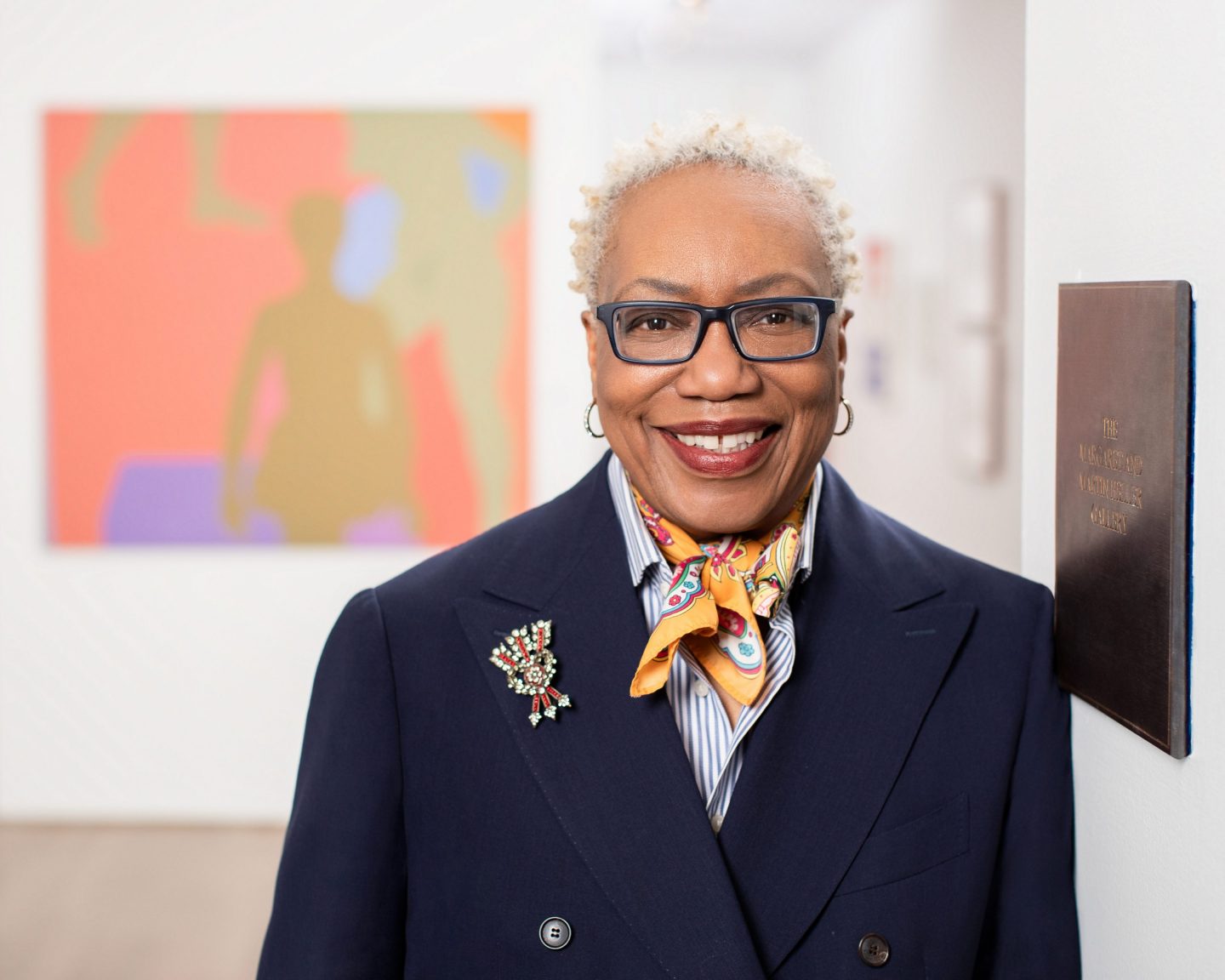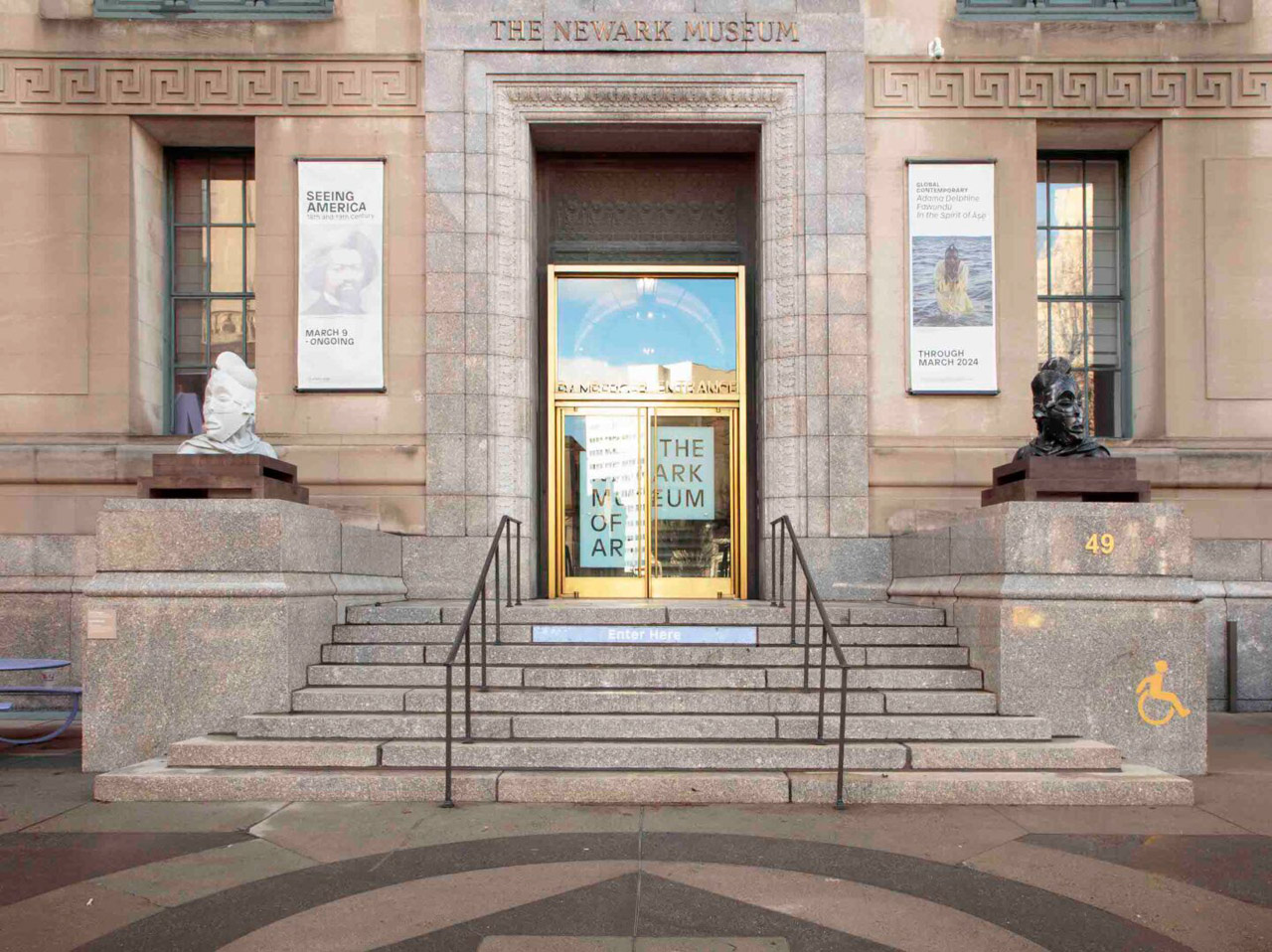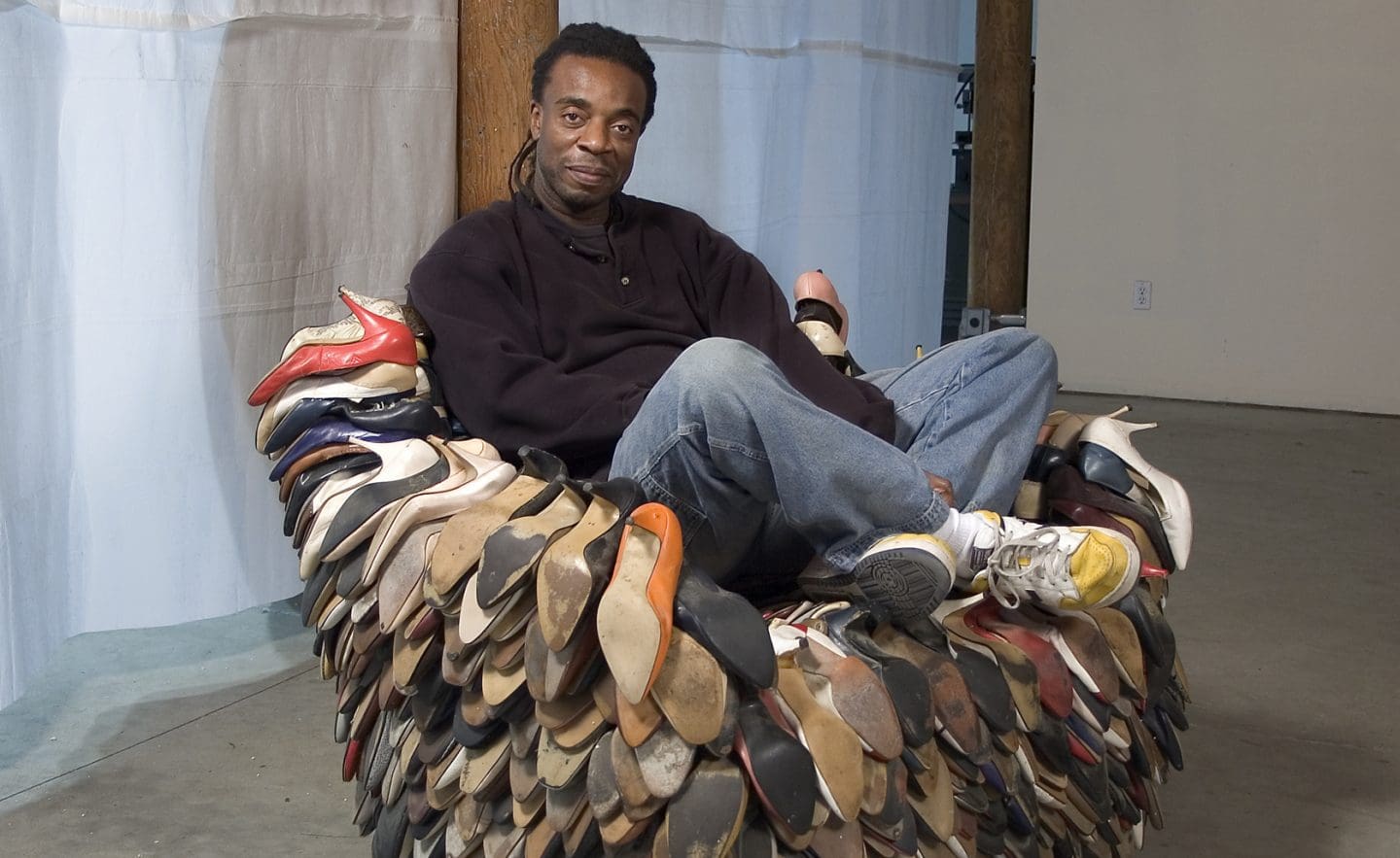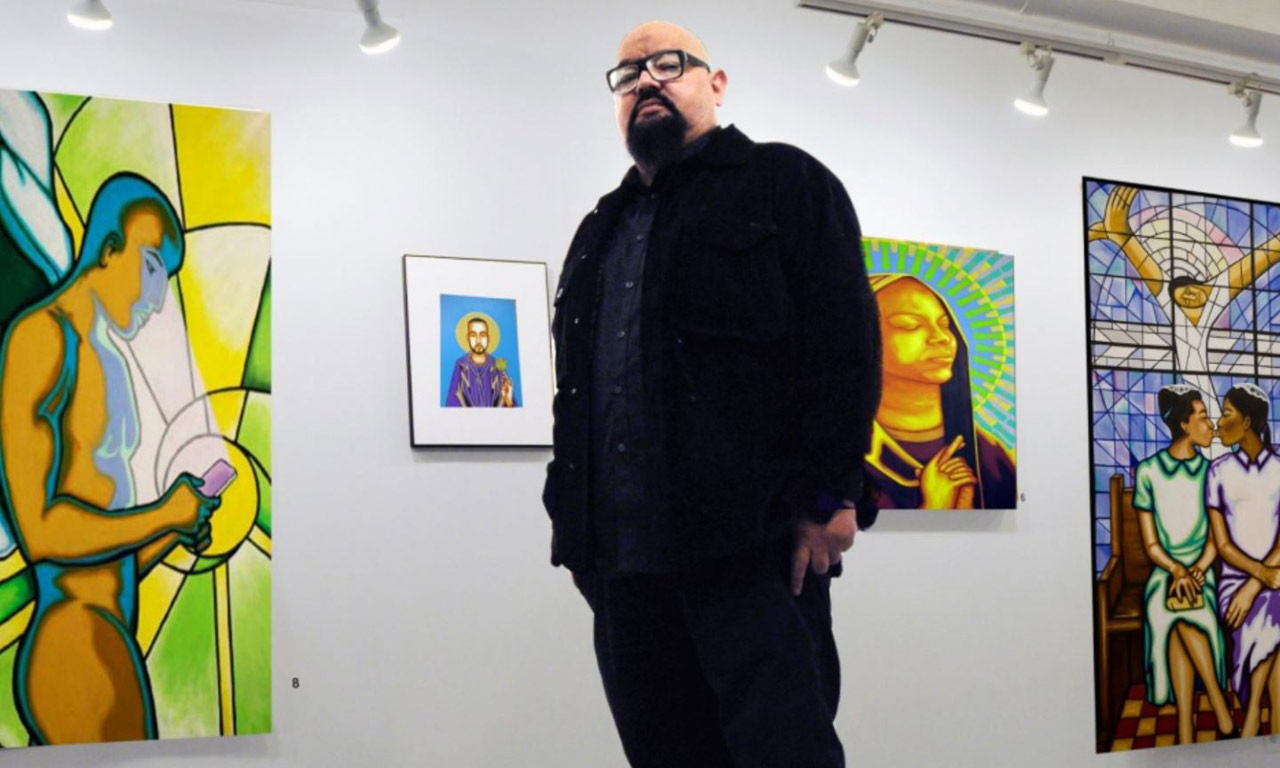An East Coast/West Coast collaboration, we partnered with San Francisco’s Asian Art Museum (AAM), the San Francisco Art Institute (SFAI), and a distinguished group of Asian American scholars and curators to debut the exhibition, publication, and programs. Local partners include Rutgers University-Newark’s Clement A. Price Institute for Race, Ethnicity, and the Modern Experience, Nancy Bulalacao, founder of the Filipino American Museum, and many leaders of the Filipino American community on both coasts.
Opening weekend featured a virtual book launch and authors’ panel, as well as an on-site catalogue signing and special tours by the San Francisco curatorial team, Trisha Lagaso Goldberg and Mark Dean Johnson, who were in town along with many of Villa’s friends and family members.
Beyond presenting the exhibition (on view through May 8th), I am immensely proud to be partnering with the Clement Price Institute to launch the Filipino American Oral History Project. Together we are gathering stories from the New Jersey and New York Filipino community and archiving them on the Rutgers-Newark website. (Take a look here.) Within the exhibition itself, our Learning & Engagement and Exhibitions colleagues collaborated with the California team to develop a timeline of Filipino history, as well as an activity that invites all visitors to share their immigration stories.
Several years in development, the exhibition was expected to open in San Francisco, but the pandemic had other plans. In short order all three institutions—NMOA, AAM, and SFAI— pivoted to make Newark the premiering venue, giving us the honor of introducing East Coast viewers to Villa’s stunning multimedia production. The curatorial team led by Tricia Laughlin Bloom, NMOA’s American Art curator, created a plan to share related examples from our Oceanic collection. The result is a parallel installation titled Worlds in Collision: Selections from the Asian Pacific Collection, which is now on view in our Asian galleries. With several rare objects taken out of storage for the first time in decades, it explores Villa’s practice of studying ethnographic works in museum collections. According to our curators, Villa, who was living in New York City in the late 1960s, may well have visited Newark and seen our 1967 exhibition The Art of the South Sea Islands. Such uncanny connections and an array of astonishing artworks await in this pair of wonderful shows, revealing a more inclusive, multicultural art history—one that Villa long sought and championed.
I am thrilled to be part of this exciting collaboration and look forward to sharing it with you.
With gratitude,
Linda C. Harrison
Director and CEO
The Newark Museum of Art
